The Cultural Influence of the 1970s Mainstream Evangelical Conservatism
In the previous essays the organisational history of Teen Challenge Inc. has been described under the activities and intellectual headings of ‘evangelical outreach,’ ‘Christian community’, and ‘social work’ with both secular and sacred regard for the person.
Organisational Teen Challenge Inc. workers across the timelines represented the thinking, collectively, of the triangular thinking of the mission, commune valuing, and working for a better, improved, or transformed society.
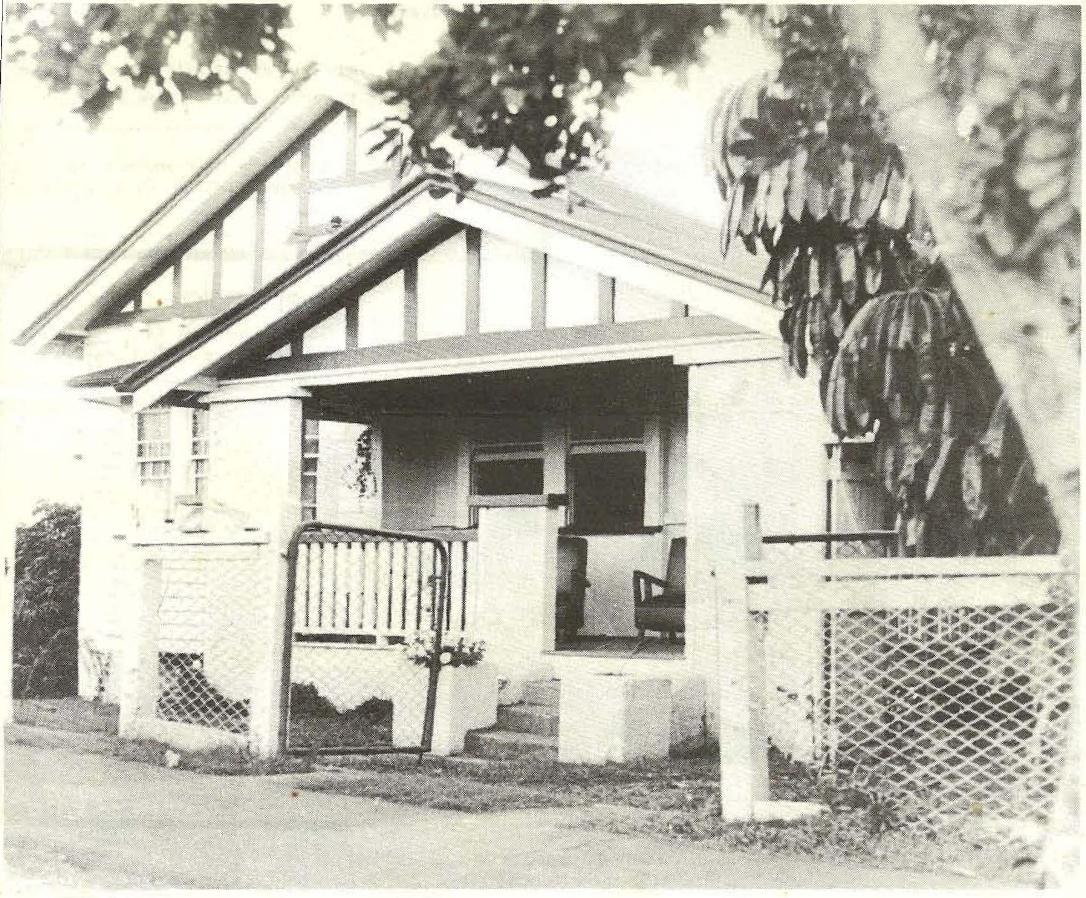
Figure 1. Teen Challenge Inc., Enoggera Terrace, Red Hill. Source: Teen Challenge Inc. (Qld)
To take a snapshot of the early days of the Teen Challenge Inc. Office, from circa 1975 to 1984, at the Woolworths Shopping Centre, 107 Latrobe Terrace, Paddington (QLD 4064). It was a centre-point in time, coming from a location usually describe in the earliest years (circa 1974-1975) as located at Enoggera Terrace, Red Hill (QLD 4059). It would have been the third ‘Head Office’ following Newmarket and South Brisbane and combined with the Rehabilitation Home at the same address. The confusion of locations might be simply a matter of suburban boundaries, but there is more at play. There is a time shift here, and there is the common geographic confusion for common office workers, possibly stuck at their desks much of the time, and/or lacking good knowledge of their surroundings. The previous office site, up to circa 1975, was Newmarket ‘around the corner’ from ‘Enoggera Terrace’ in Enoggera Road (Confusing?). One of the hardest lessons for Christian missions is understanding landscape and understanding persons in landscape. Memory is not good enough to interpret the past and testimonies need further examinations.
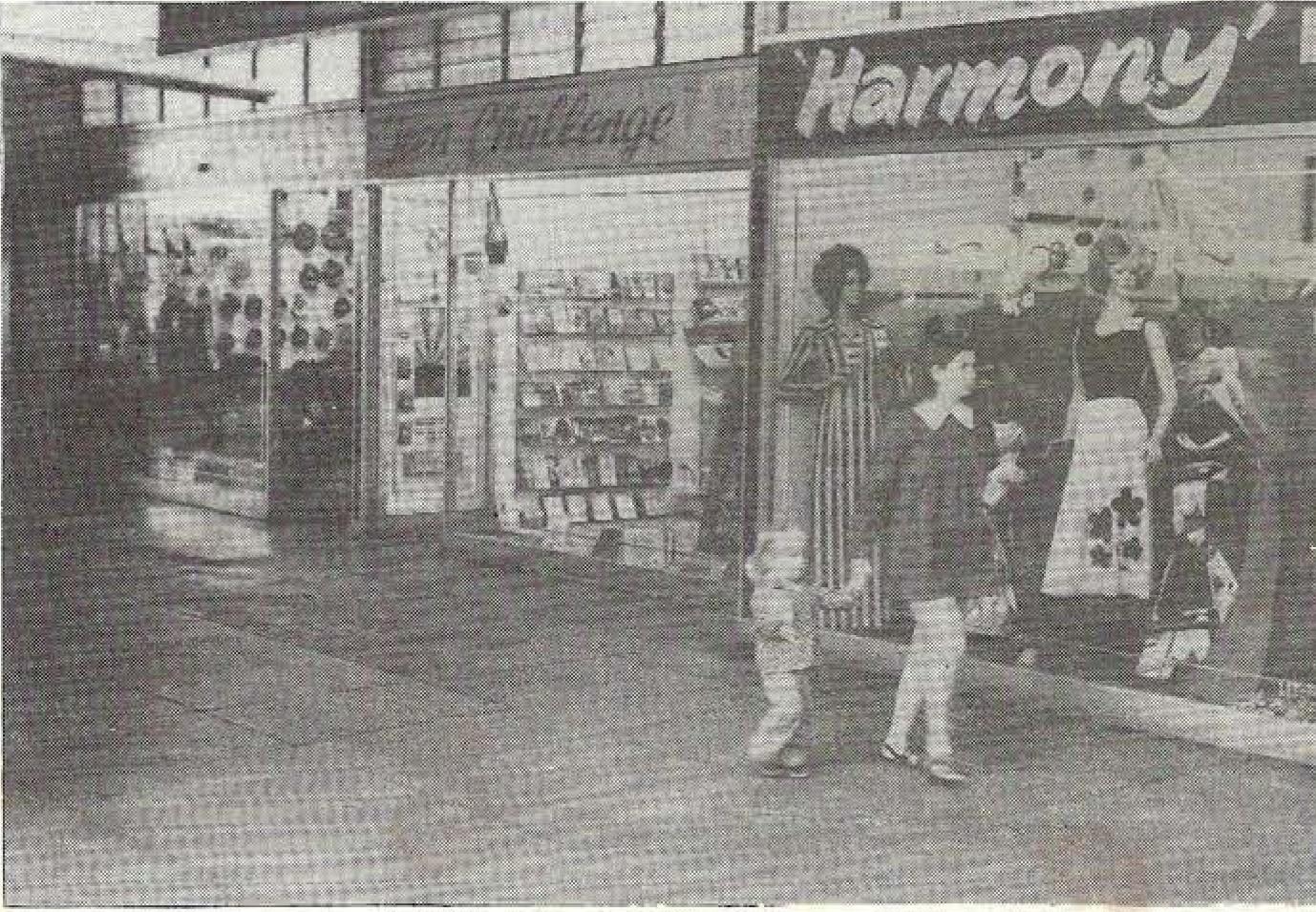
Figure 2. The Teen Challenge Bookshop, Newmarket. Source: Teen Challenge Inc. (Qld)
With Charles and Rita Ringma, mission is a driving force among the office workers. The Office was run in these days by John and Pat Healey, who came to Teen Challenge Inc. as workers of Youth With A Mission (YWAM). YWAM had a much stronger ethos of discipleship and evangelism than many other of the similar organisations in Brisbane. Among the YWAM literature there was a revivalist crusade theme, lacking a certain critical edge in the far more socially conscious Teen Challenge Inc. There were other early Teen Challenge workers who shared the same rough street preacher approach.
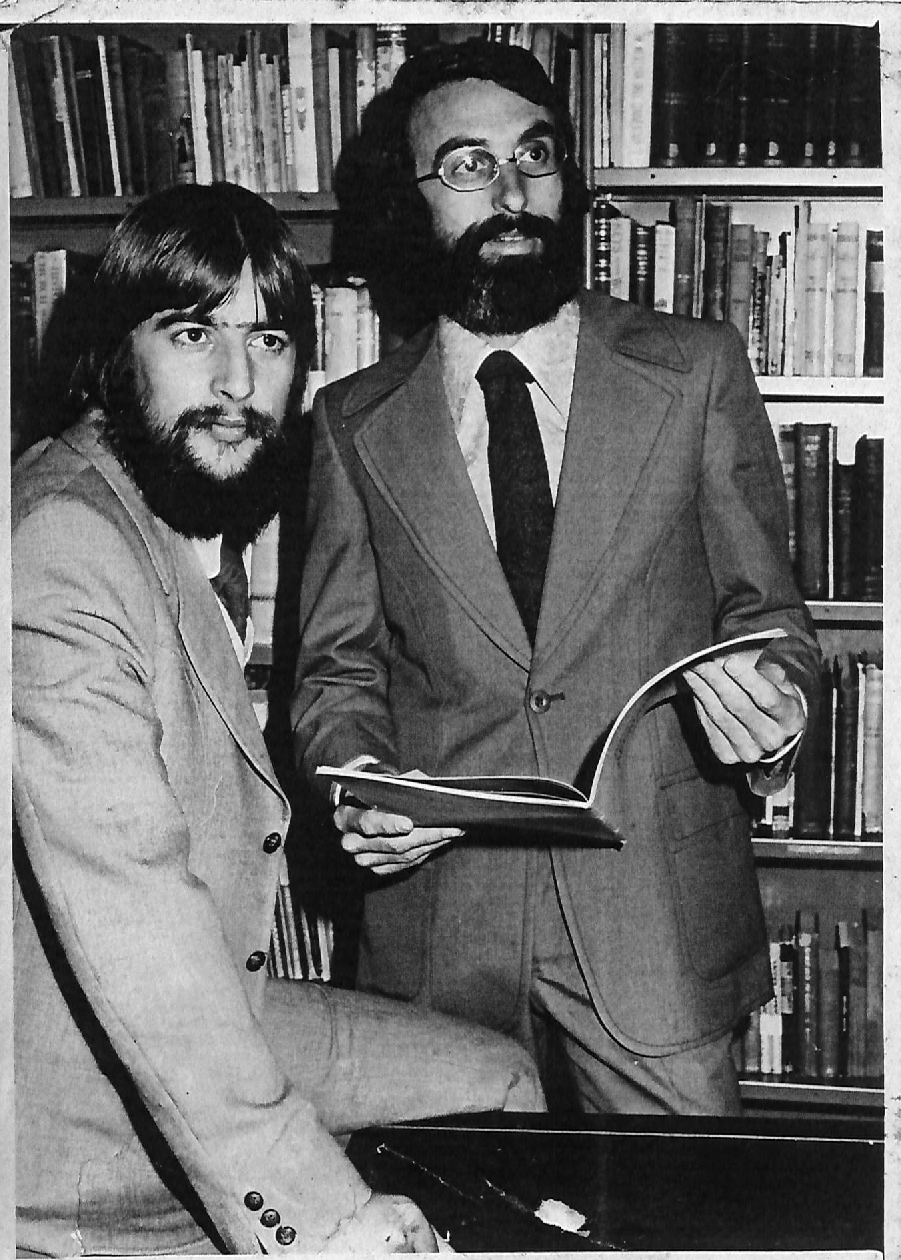
Figure 3. The Early Teen Challenge Inc. Office. Source: Teen Challenge Inc. (Qld)
The Organisational Issues of Financial Philosophy and Strategy
However, Teen Challenge Inc. was a business from day one. The fourth area of the organisation was financial philosophy and strategy to keep the business running,
Much of that work was the role of the Board of Management, and, in the early days, Board members needed to have a more hands-on approach in the Office. Henry Baskerville was the first Treasurer, for the Board of Management, Teen Challenge Inc. He was the finance man with one foot in sacred space and the other in the space for secular operations. He was the Manager at the Newmarket Commonwealth Bank, and also Vice President for Gideons in Queensland. Next came Albert Hall who formally took up the title of the Office Administrator, working closely with Charles Ringma as the Executive Director. Albert Hall was also a Board member and with his secular work connections, the Board in those days met at Shell House, Ann Street in the City (QLD 4001). The role of the Board Treasurer and Office Administrator, whether the same person or not, was as a financial advisor/bookkeeper.
Ringma modelled his directorship from Bob Bartlett, Director, Teen Challenge Philadelphia, Philadelphia, Pennsylvania, United States of America. Around Charles was a team of personable directors for different divisions of the organisational work. John Healey was the Acting Executive Director, delegated as Charles’ representative. Other Office Administrators worked in the Office in the same period, Peter Jones with Brenda Jones as an office worker, and Dennis Everett. Geoff Job was a Centre Supervisor and an office worker, with Cathy Job as a Secretary.
Office workers were conflated as volunteers and stipend paid workers. Full award wages were unheard of in the charity organisation, and it was only Christian trust that keep this small business economy going. The workforce was not unionised, not by principle but by economic necessity, and kept running by the worker’s own professional pro bono attitude. In the last half century, the arrangement has reached a critical point, with the economy being little more than the worker’s self-serving slave labour. The fact is well recognised in the industry, but conservative governments wish it away.
The Organisational Issues of Governance and Administration
The Incorporation of Teen Challenge in Queensland in 1972 would have meant that the organisation had, at least, one Legal Advisor. What is known is that Board member Graham Corney was a solicitor.
Council of Reference
The Council of Reference might have been for show, a process of legitimatization. It did not last long, and there is very little information on the Council, except for who the members were. There were media personalities, one type of showmen. Reg Leonard was probably the most powerful figure. At the time he was Chairman (1971-82) of Brisbane TV Ltd, but he held Chairmanships and Board membership across the Australian media world. Former Church of Christ minister in Annerley, Hayden Sargent started his media career at the Christian Television Association. In those days of the 1960s, he hosted a daily half-hour program, Look, for Brisbane channel TVQ0. In these early days of the 1970s, he ‘pioneered’ local talkback radio at 4BC. He also hosting a daytime talk-back television program, Heartline, produced by Reg Grundy in Brisbane for the Seven Network, and would later hosted local current affairs programs Haydn Sargent’s Brisbane for BTQ7, This Week for QTQ9 and The Sargent Report for TVQ0. His recommendation for Teen Challenge carried much local weight.
There were a few medical show-persons on the Council of Reference, political operators. Arthur Crawford had the third biggest surgical practice in Queensland, it is thought, in the late 1960s. However, his role in the long history was as the Legislative Assembly member for Wavell (1969-1977) for the Liberal Party, and in that parliamentary role a loud and harsh critic of the State Health department and of the socialised medicine. Such a loud critic’s support for Teen Challenge meant that the organisation could overcome the skepticism in the medical profession. Crawford was joined on the Council by Phyllis Cilento. Another controversial figure, the grand old lady doctor, who did had a much softer demeanour than Crawford. Cilento was the conservative progressivist for maternity and child health reforms. Her controversial reputation has returned in recent times. With her famous husband, Ray Cilento, she spoke in very white-centric terms. Although she did not have the outright racism of Ray, as it is contemporarily considered, the naive motherly adornment for racial hierarchy is little tolerated today.
There also academics and associates of the academy among the Council members. The most noted, as an academic career, was Paul Wilson, and yet to be another controversial figure. A criminologist at the University of Queensland, and later Bond University, he would be found guilty of four counts of indecent treatment of a child under 12 years in 2016 from child sex offences (allegedly) committed in the early 1970s. This was an era that Wilson was writing on policing and criminal law courts from a social justice perspective. Hypo-conservatives are extremely unhappy with these exposures from historians. Historians, those good at the profession, breaks the illusion of the good-bad binary. Unfortunately, there are readers who are want the ‘great comfort’ and seek ethical understanding in such traditional and conventional theology, which does stand up to the historical scrutiny. Again, fallible persons in the landscape must be seen. This is no less true for Teen Challenge Inc.
The rest of the Council members were still being called ‘men of the cloth’ in the early 1970s. The Rev. Dr. Charles Geoffrey Noller was an academic associate with his wife, Patricia Noller, an internationally renowned professor of psychology. Charles and Patricia Noller came from New South Wales for Charles to become the Director of Lifeline Brisbane in 1971. From his career in LifeLine, Noller became involved in Legal Aid, Drug Arm, and the Family Council of Queensland. He also became a teacher in the short-lived interdenominational Brisbane College of Theology. Most of these local religious ‘showmen’ were well-known to each other in the small township mentality of Brisbane. It is not a negative criticism, but a factor in personality type. Religion is theatre and it is performance.
On the scale of the religious hierarchy among the Council members was Felix Arnott. Archbishop of Brisbane from 1970 to 1980, the highly educated Arnott was the closest thing Queensland Anglicans had as a public intellectual, and, as such, the churchgoing ‘ratbags’ regarded him as a dangerous theological liberal. Much of the criticisms of the hypo-conservatives was socio-political, although that could not be admitted. The height in the discord arrived in Arnott’s role as a member of the progressivist the Commonwealth royal commission on human relationships. At the annual diocesan synod in June 1978 Arnott decried against the erosion of civil liberties in Queensland, and, like Charles Ringma and Noel Preston, endured the self-righteous wrath of the Nationalists.
The Protestant mainstream in Queensland were moderately liberalising Christian believers, as were the remaining two members of the Council of Reference, Rev. Gloster Udy and Rev. Dr. Lew Born. Gloster Udy was a Director of Lifeline and would during his career served on the staff of the General Board of the Methodist Department of Evangelism in Nashville. Lew Born is a lesser-known figure but as Director of the Methodist – then also Uniting – Director of Youth People/Christian Education he was highly influential in a soft evangelicalisation through the camping movement.
The Council of Reference was brief in time and does not appear to have done much. However, in starting a progressivist enterprise in the early 1970s, it was important to have the Council of Reference as a ‘showboat’ from the high society Felix Arnott to the ‘touch-of-the-common man’ Lew Born. From the backroom power play Reg Leonard to the motherly Phyllis Cilento. It calmed nerves in the pews and installed confidence across radio and television.
Board of Management
The real power for Teen Challenge Inc., in terms of setting directions and capabilities, was in the hand of the Board of Management. Many of the members of the Board have been referenced across the essays. The dominance of the Assemblies of God has been noted – Rev. Ralph Read and Rev. Gerald Rowlands, with Charles Ringma, are at the top of the list, joined by F.G.B.M.F.I. Keith Kelly, Pastor Gary Swenson and Pastor Roy Short. The Board’s moderating voices to this Neo-Pentecostal outlook were Methodist Minister Wal Gregory, Presbyterian Minister Harvey Pollock, Church of Christ Minister Ted Watson, Chartered Accountant Don Usher and state public servant Gary Uhlmann.
The Organisational Issues of The Outreach Issues Including Ventures and Tours
As in all humanity, Charles Ringma had/has different parts of his personality. The personally of an AOG minister is the work in the concept of outreach. The lost become saved and are brought from the street into the ‘temple’ – middle class church congregations. It is more than a fishing exercise but, at its basics, this is what outreach is. This was the reason why Charles was reluctant to start Jubilee Fellowship. He had hoped that Teen Challenge converts would be integrated into the established churches; theologically, this is understood as sanctification. Culturally, the old Catholic doctrine of there being no salvation but as the Church (Body of Christ) became there are no true Christians except on the cushioned seats of the Megachurch. The lives of the young converts changed the lives of Charles and Rita. The counterculture thinking never disappeared by the time Jubilee Fellowship became an ‘established’ and regular congregational gathering. Charles, over time, articulated polite institutional critiques in his writings, but under the politeness the majority of Jesus-informed Christians believe that the Church (institutionally) had betrayed Jesus Christ, the son of God.
In Christian literature that critique is becoming more forthright, over the last half century, and openly defiant since the betrayal of the Evangelical Right in the Trump era.
AOG Branches
There was a period of hope for AOG churches in the late 1970s and the 1980s and 1990s. For a quarter of century, AOG churches were active in Teen Challenge Inc. with official branches in regional centres. For example, among the early TC branch leaders centred in the local AOG churches were Berend and Moss Boer, the Townsville Contacts; and the Pauline Peake, Toowoomba Worker.
In the era before the Charter Towers and Toowoomba physical facilities, this was the only way that Teen Challenge Inc. could achieve regionalisation.
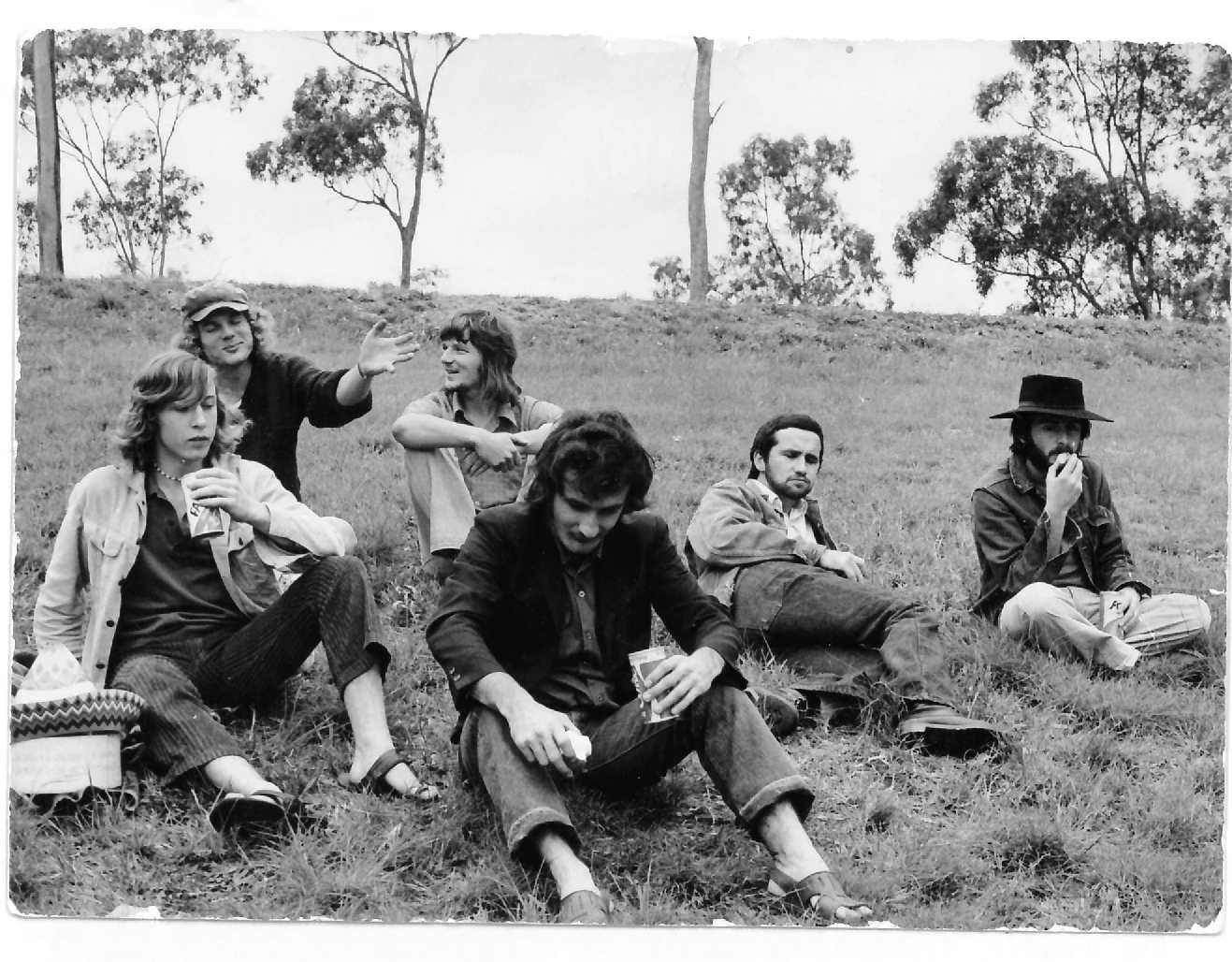
Figure 4. Teen Challenge Inc. Folk, circa 1974. Source: Teen Challenge Inc. (Qld)
The Organisational Issues of Activities of Media, Rehabilitation, and Education (Prevention)
The activities of Teen Challenge Inc. across time and space can be explained under the organisational headings of Media, Rehabilitation, and Education (Prevention).
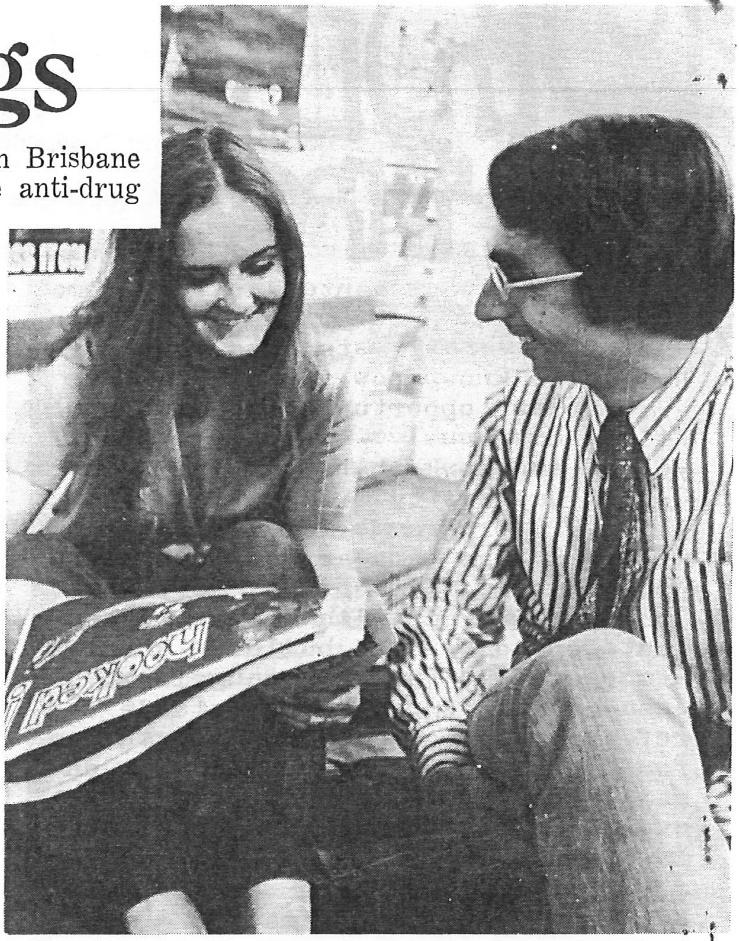
Figure 5. Discussing Teen Challenge Promotion in the Office. Source: Teen Challenge Inc. (Qld)
Media
The point has been made above that those members of the Council of Reference were showmen and show-woman for Teen Challenge Inc. We have also seen Board members, particularly the ‘men of the cloth’ were also performers. Hadyn Sargent was not the only local radio and television personality to promote Teen Challenge. Chris Adams, a local radio personality, was one of the early office workers. His role was in developing a publicity program for the organisation.
Media is an important feature of the counterculture. It has to out-message the mainstream. The centre of operation was there in the beginning, in 1972, called, Jesus People Action Groups, with the P.O. Box 88, South Brisbane 4101. These were the days when the bulk of communication came as paper-based letter writing. The early Teen Challenge Inc. periodicals had different titles, starting with ‘Rag Writer’. They were typed and wet-print duplicated two or four sheet newsletters or rag newspapers. Undergraduate-orientated hand-produced comics dominated the visuals. Charles Ringma was the Editor, Philip Horwood was the Layout Artist, and Delene Lancaster the Typist.
The Queensland News Corp began to splash several articles on Teen Challenge, usually on a first section page in its dailies. The role of Reg Leonard has been noted as a significant figure, a TC ally who headed up a media empire in these days of diverse media ownership. Of the articles the most transformative was that of Mary Fisher, a Sunday Mail Reporter. Fisher explains half a century later:
“When I wrote that first article on Teen Challenge, The Sunday Mail gave me a major ‘by-line’ on the front page of the Features section. This is the photo that went with the ‘by-line’. It was a week before my 24th birthday.
Up until then the editors had not been impressed, in fact very unimpressed by my writing.
That was the day they later referred to as my becoming a good writer.
I believe it was our Lord enabling me.
I have so much to be grateful for.
So grateful
Love in Christ”
The Teen Challenge narrative was transformative on the newspaper pages in 1973-1974 when the organisation was fresh news. That continued for some time, but it could become a double-edge sword, as when in 1977 Charles’ image was ‘front page’ news, among a group of clergies who opposed the positioning of the Joh Bjelke-Peterson regime. Newspaper readerships are prejudicial and newspaper owners play on the prejudice.

Figure 6. The TCTI Logo, circa 1982. Source: Teen Challenge Inc. (Qld)
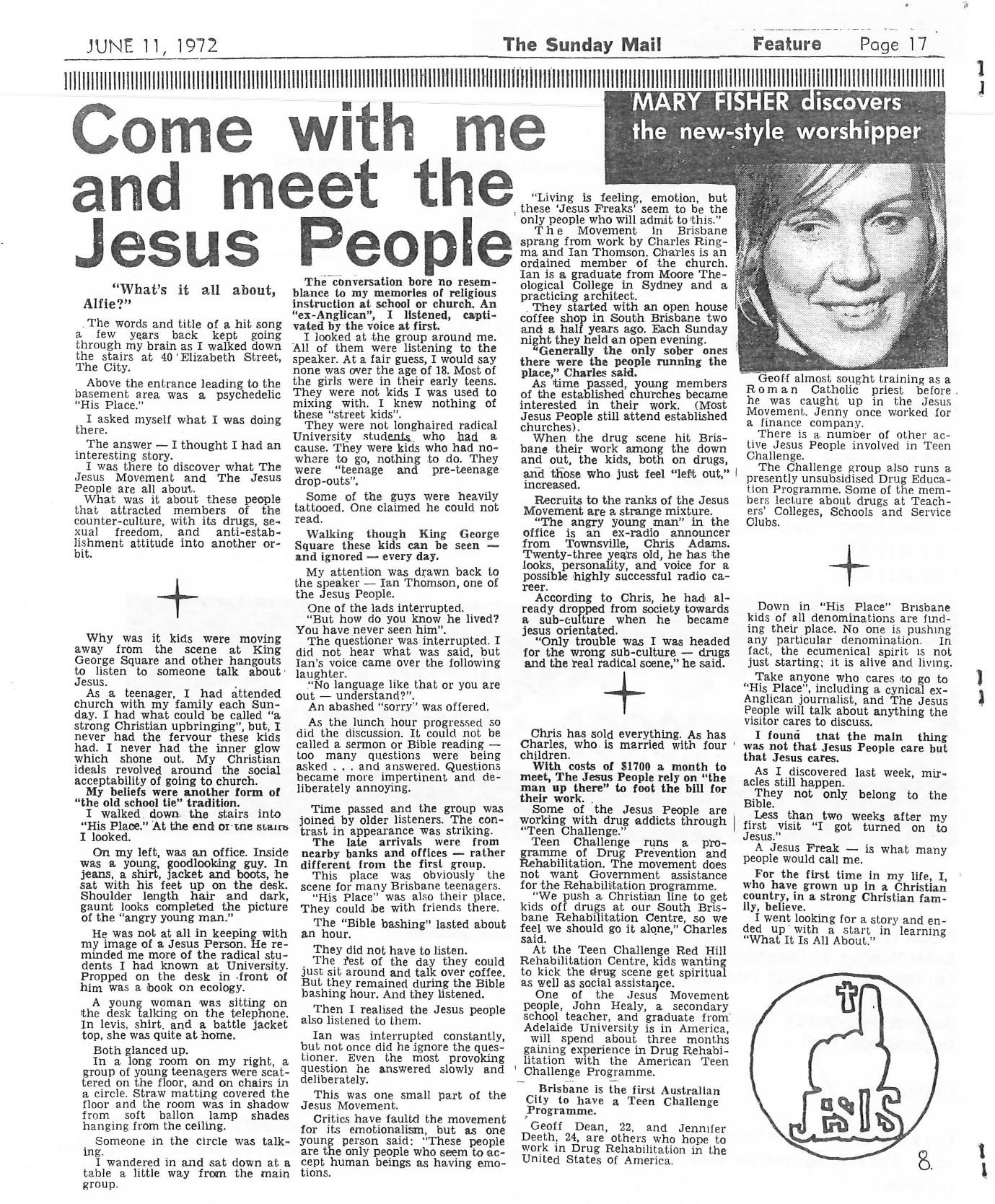
Figure 7. Mary Fisher’s Ground-Breaking article for Teen Challenge Inc. in The Sunday Mail. Source: Teen Challenge Inc. (Qld)
Rehabilitation
The backbone work of Teen Challenge was drug rehabilitation. The work was also heavily organisational, beginning even before 1972 with Charles Ringma as the Manager, and early residents-workers, Joyce K and Mac Campbell, for The Way Office and Outreach Residence, at 1 Peel Street (cnr. Cordelia Street), South Brisbane (QLD 4101). John Healey began his TC work as an organiser at The Way. Healey was responsible for the Open House Bar-B-Q on the 26 August 1972. During 1972 Charles and Rita moved out The Way to establish a home, as the Executive Director’s Residence, at 34 Gresham Street, St. John’s Wood, Ashgrove, QLD 4060. It operated as a second headquarters for the Teen Challenge Office. Terry Gatfield became the Director, at The Way Centre, partnered with Rosemary Gatfield, another valuable TC worker.
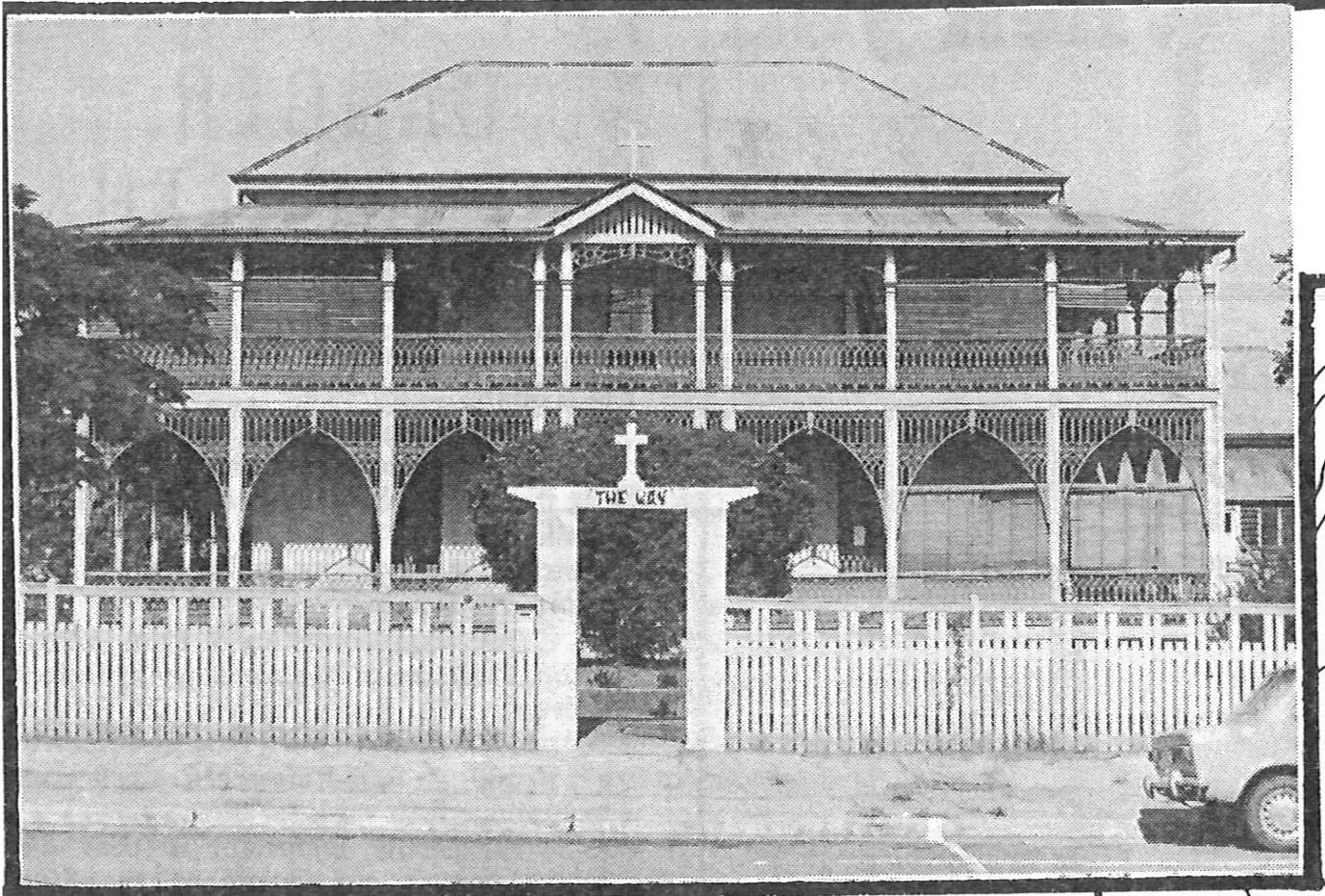
Figure 8. The Way (Good News Centre), 1 Cordelia Street, South Brisbane. Source: Teen Challenge Inc. (Qld)
Charles Ringma as Executive Director, Peter Lane as Rehabilitation Director, Dot Lane and Doug Boyle as Rehabilitation Workers, had the work of the TC men’s rehab at Enoggera Terrace, Paddington; it is referred in the records as, Enoggera Road, Red Hill (QLD 4059). However, the exact location has yet to be marked in the Teen Challenge Mapping program.
In 1973 John Healey was formally appointed Teen Challenge Rehabilitation Director, Brisbane. In these years 1973-1974 there were unnamed drug rehabilitation managers and organisers across the country. One has been named in the records as Rodney Hickman, Support Worker, NSW Teen Challenge Inc., NSW Teen Challenge Support Group, 87 Macleay Street, Potts Point, (NSW 2011). In these fledging days of incorporation, and in the failure of Australian federation, the New South Wales work, and then the Victorian work, and then the South Australian, operated separately and the ignorance abounded of who did what.
By 1975 Peter Lane was the Rehabilitation Director, located at 103 Simpsons Road, Bardon (QLD 4065). In the same year, Gary Swenson, Lorna Swenson, Rita Ringma, worked as Manager and Co-Manager, Counsellor, at the Teen Challenge Inc. Girls Home, Red Hill. A few years later saw the acquisition of the Rathdowney Farm as a rural facility, and the Teen Challenge Drug Referral Centre was set-up at 9 Hall Street, Paddington (QLD 4064). By 1980 the Rehabilitation Appeal was launched.
A previous essay has picked up on the role of Koinonia Drug Rehabilitation Centre, Teen Challenge Inc., as a story of short-lived hope for bigger things to come. It had to wait until the new century, but the early players were Neil Paulsen, Sue Paulsen, Roy Calic, Lyn Calic, Margaret Robertson, John Moutou, Mike Bellas, Mike Power, Chris Cummings, Neville Buch, and host of names not listed here.
The official opening of the Kedesh Male Rehabilitation Centre was to be the 3 May 1987 but the guest of honour, Reg Yake, died before he got to Brisbane. Instead, the Re-Dedication of the Kedesh Male Rehabilitation Centre went ahead on 15 December 1988, at 254 Flinders Parade, Sandgate (QLD 4017). Rick Raetz was the Co-ordinator. Little remains on records for the Maleny Rehabilitation Farm and the Sunshine Coast Rehabilitation Centre.
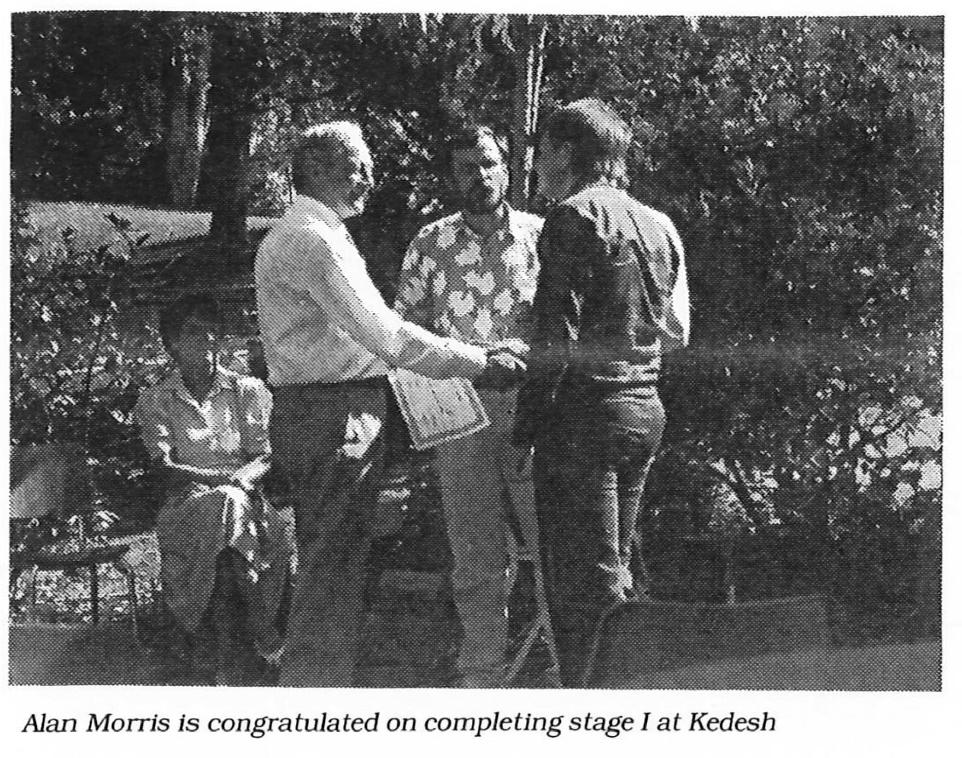
Figure 9. Graduation of Kedesh Male Rehabilitation Centre, 1987. Source: Teen Challenge Inc. (Qld)
Education (Prevention)
The TC workers were progressivists. The programs were not only about picking up the damaged after the fact. Teen Challenge Inc. was about the education for prevention; preventing young people falling into a drug habit.
In 1972 the program was a matter of a small visitation with the coordination of a few high school teachers, such as the Cooroy State High School I.S.C.F. Outreach. Larger High School Visitation Teams were then formed, such as the Teen Challenge Chinchilla High School Visit. This included John Healey (Director), Jeff Ganter (Graduate), Josephine Horrochs (Team Assistant), and Chris Adams (Director of Drug Awareness).
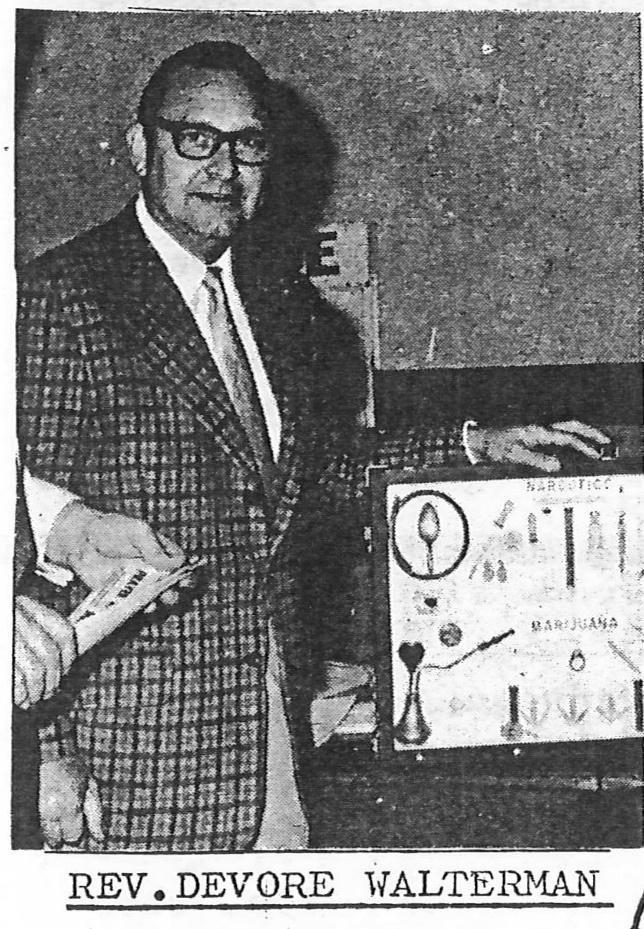
Figure 10. The De Vore Walterman event. Source: Teen Challenge Inc. (Qld)
The year 1973 gave a lift with the visit of De Vore Walterman, Executive Director, US National Council for Prevention of Drug Abuse, and speaking at Brisbane Drug Awareness Meetings. The messaging went something like Teen Challenge Inc. is ‘the Jesus Movement’ to the dangerous ‘The Drug Sub-Culture.’ The problems of the culture are deeper than addiction and answers lies in transforming young persons into a redeeming culture (Christian). The messaging appears conventional for the American thinking, but the challenge underlying the messaging was the alignment with contested United States drug policies. Between blanket prohibition and blanket permissiveness were a host of realities of which the likes of De Vore Walterman struggled to understand. In the Australian setting Charles Ringma was more in tune with the way drug policies were double-edged and contradictory.
Education: Teen Challenge Training Institute
Both for drug rehabilitation and education, heart of the organisational operation was the Youth Workers Training Seminar, which became the National Teen Challenge Diploma Training Course (one year long), operated as the Teen Challenge Training Institute (TCTI).
In 1972 John Healey trained for two and half months at the San Francisco Teen Challenge Center. This became the basis for the Brisbane training program with Australian modifications. It appears that it took a few years for the training to be formalised as a full seminar program. In the week of 14-18 January 1974 Healey organised the Evangelism, Counselling and Youth Problems Seminar at the West End Methodist Church, Vulture Street, West End, (QLD 4101). The other trainers included in the seminar program were Charles Ringma, Athol Gill, Chris Adams, John Carrol, Jim Christian, Greg Job, Bob Pearson, and Gloster Udy from Sydney.
By 1978 Charles Ringma began his part-time clinical teaching with the University of Queensland Medical School, on social medicine and legal and illegal drug abuse. The year 1981 saw the chaplain Brendan Scarce became the National Director, the role being in actuality the National Teen Challenge Diploma Training Course (one year long). Charles functioned in the first year of the course as the National Director, and the course eventually moved to include interstate Teen Challenge organisations and to which the social worker Brendan Scarce had prime responsibility.
Education: Queensland Pedagogies (and research).
A few analytical observations can be summarised as the research pedagogies. In 1971 Charles Ringma is the LifeLine researcher to find the most appropriate service, what is coined AOD – Alcohol and Other Drugs. The binary between ‘alcohol’ and ‘other drugs’ expresses the confusion in the social model with the vague category of ‘Other’. In that mix is other pedagogies. There is the educational mix an expression of social fears about the dark world and also a fascination with the underworld drama, common to the thinking in American liberal art colleges of the era. It is picked up in the language of De Vore Walterman, and of Dave Wilkerson’s Cross and Switchblade.
The Teen Challenge education required more, and it was delivered in the connections to the leading Queensland Christian educators, such as Rev. Dr. Lew Born, the Director for the Methodist Department of Christian Education. And the few academics associated with Teen Challenge added another layer – academics such as the criminologist Dr Paul Wilson, who in those days was Acting Head of Department, Anthropology and Sociology, University of Queensland. Charles continued his role as a researcher, and by 1976 he has begun the B.A. degree part-time at The University of Queensland majoring in Sociology and Studies in Religion.

Figure 11. John Healey leads the Teen Challenge Chapel Service, circa 1973. Source: Teen Challenge Inc. (Qld)
ACTIVITIES
The buzzword for pedagogies in the last half century has been praxis, the running together of theory and action, activities in the current thinking. What did this mean for Teen Challenge Inc.? The rationale behind the facilities which the organisation ran provided theoretically based action, or put another way, or action shaped as theory.
Phone Communications ministries
The shift in communication theories were coming from different directions but they overlapped in the action. Indeed, communication action was another buzz phrase. The global names which buzzed in the local scene in the decade of the 1970s and 1980s were theorists headed by John Dewey, Jurgen Habermas, Marshall McLuhan, Theodor Adorno, Antonio Gramsci, and George Herbert Mead. Many more names could be added, but these six philosophers and sociologists were immediately recognisable. The names stretched across a large part of the mid-twentieth century. McLuhan coined the expression, ‘the medium is the message’. The idea that that a communication medium itself, not the messages it carries, is the revealing focus of study. It is beyond the full explanation here but goes to the beginning of Teen Challenge Inc. in the activities of the phone communications ministries, which started as a connection between the first coffee shop, ‘His Place’, and LifeLine. The Phone medium is the Interactional Model of communication. It is bidirectional, where two persons send and receive messages in (hopefully) a cooperative manner as they continuously encode and decode information. Compare that earlier medium to the social media today. Communication on these new mediums is chaotic involving many more than two persons.
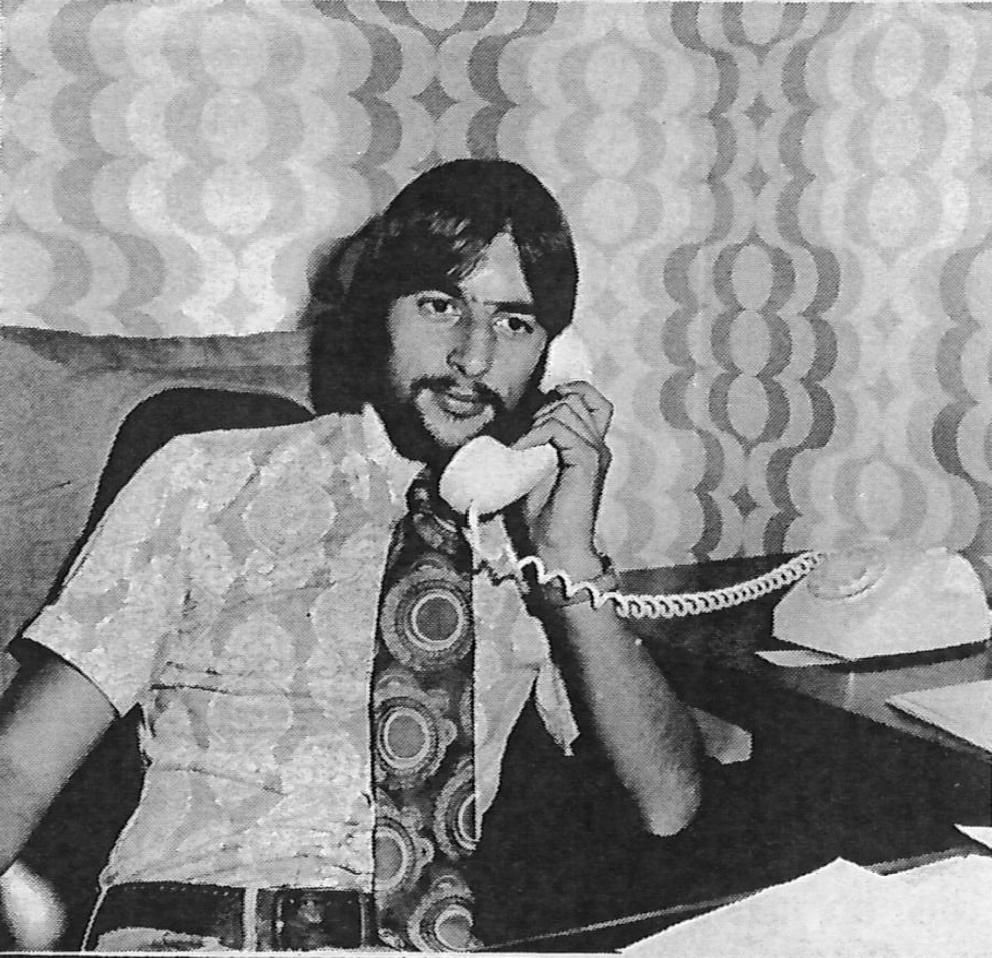
Figure 12. Chris Adams ‘on the phone.’ Source: Teen Challenge Inc. (Qld)
Back in 1972, soon the ministry became known as ‘Teen Dial’ with an office outfit at 19 Eagle Terrace, Brisbane City (QLD 4000). How long it stayed in the expensive area of city properties is uncertain. Harvey Pollock became the LifeLine Coordinator with Teen Challenge, based at the Teen Challenge Inc. Head Office, Enoggera Road, Red Hill (QLD 4059). Oversight came from Charles Noller, as the Director, Counselling, LifeLine, and the TC Council of Reference member.
Respite Ministry (Farms)
Very little information among the records have been kept on the Teen Challenge respite ministry, closely associated with the rehabilitation program. The activities have to do with the farms leased by Teen Challenge, the first being, in 1974, the NSW Teen Challenge Farm, in Connabarabran, (NSW 2357). Very little is also known of the Rathdowney farm. It appears that the urban rehabilitation centres were utilised for the main part of the program. The farms provided respite spaces for both clients and staff members, leaving urban pressures behind, with some geographic distance.
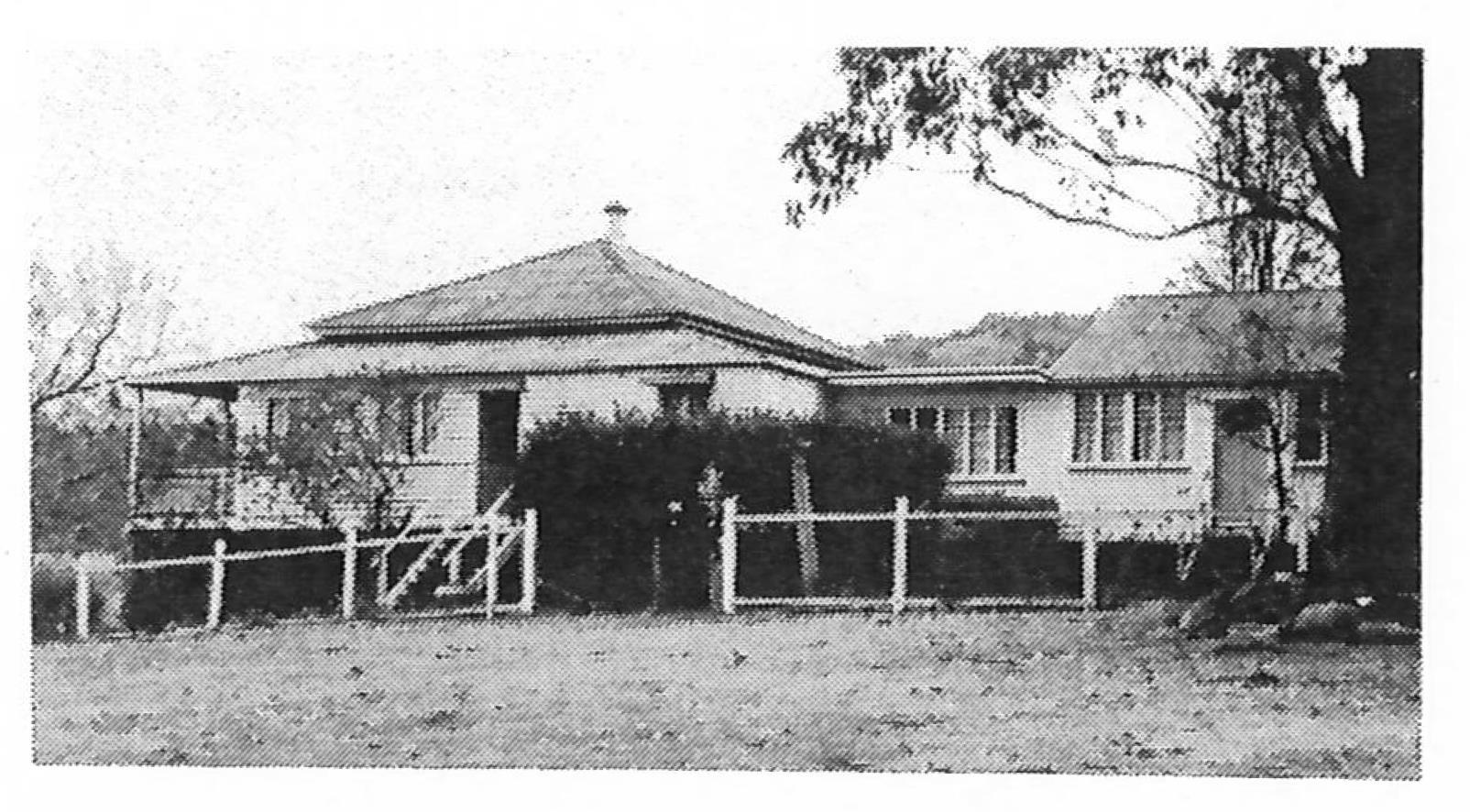
Figure 13. Teen Challenge Rathdowney Homestead Retreat, circa 1974. Source: Teen Challenge Inc. (Qld)
Primmer Lodge and Hebron House
More is known of the urban houses in Teen Challenge Inc.; however, the purpose of the essay is only to sketch the organisational history. More will said in the book, and feedback is welcomed.
The 1977 opening of Hebron House (emergency short-term accommodation) began a period of organisational renewal. Located at Milton Road, Toowong (QLD 4066), Mike Hobbs was the Director for Homeless Youth, Hebron House. Terri Hobbs was a Support Worker, as was Mark Cleaver, Helen Wallace, Tony Bennett, Gary Sivyer, David Smith, Paul Cummings, Steve Jeanerret, Mike Hobbs, Philip McLennan, Mike Power, Terri Hobbs, Liz Payne, Margaret Robertson, Janice Jordin, and host of names not listed here. Philip McLennan became the Director in 1980, and Mark Cleaver was the Children’s Services Co-ordinator for Hebron House. Other TC Workers also were Children’s Services Co-ordinators: Helen Wallace, Tony Bennett, Gary Sivyer, David Smith, Steve Jeanerret, and Paul Cummings. In 1984 Mike Power became the Director with Alec Spencer beginning his stellar rise in the organisation as a Hebron House worker. Spencer would become the Hebron House Director in 1987.
In 1978 the Minister for Welfare, John Herbert, officially opened Primmer Lodge (long-term support accommodation). This was a watershed moment in Teen Challenge Inc. A growth in TC volunteers formed around Primmer Lodge, at 18 Bellevue Parade, Taringa (QLD 4068). Among the volunteers recorded were Peter Allen, Brian Gibson, Liz Payne, Sue Peel, Ros Stark, Gary Uhlmann, Chris Cummings, and Peter Wilson. The Primmer Lodge workers included Lyn Meier, Helen Wallace, David Smith, Marylin Smith, and Jean Claude Boulenaz was the Manager.
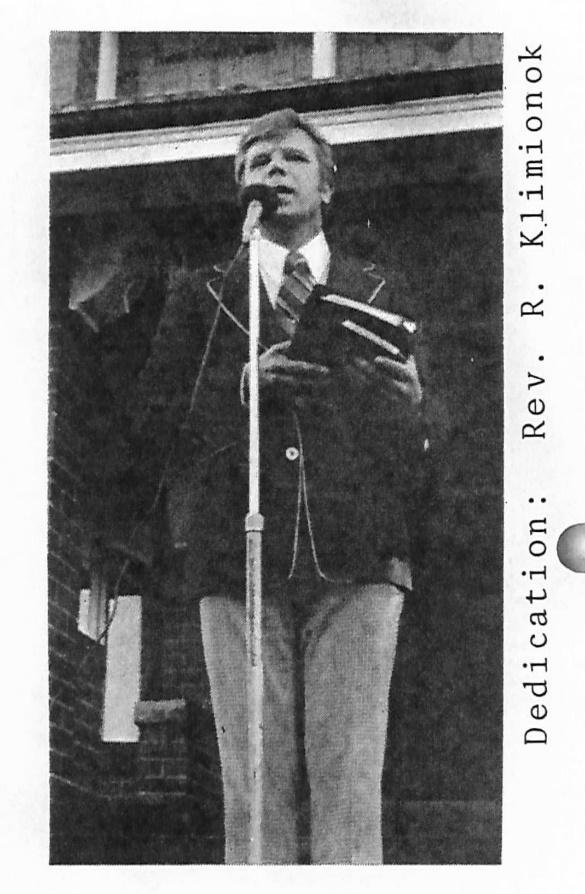
Figure 14. Pastor Reg Kliminonok, speaking at the Opening of Primmer Lodge, 13 May 1978. Source: Teen Challenge Inc. (Qld)
The moment tended to overshadow the organisation work for the men’s and girls’ homes, in Paddington and Red Hill. Gary Swenson, as the Manager, of the Teen Challenge Girls Home, and Lorna Swenson, as a Co-Manager, is important to the story but little is known.
It is hoped that the set of online essays will provide more detailed information from comments offered up.
Youth Activity Centre
The front door to Teen Challenge Inc. was, for several decades, the Youth Activity Centre at Alfred Street, Fortitude Valley (QLD 4006). There were several TC directors, Tony Bennett and Wayne Porritt among them, and other workers who passed through the Centre, Alan Ruthford among the earliest in 1975, when Teen Challenge Activity Centre, actually began at the Focal Point Arcade, Wickham Street, Fortitude Valley (QLD 4006). Claire Fielding was a stalwart in the centre over the decades until the early 1990s.
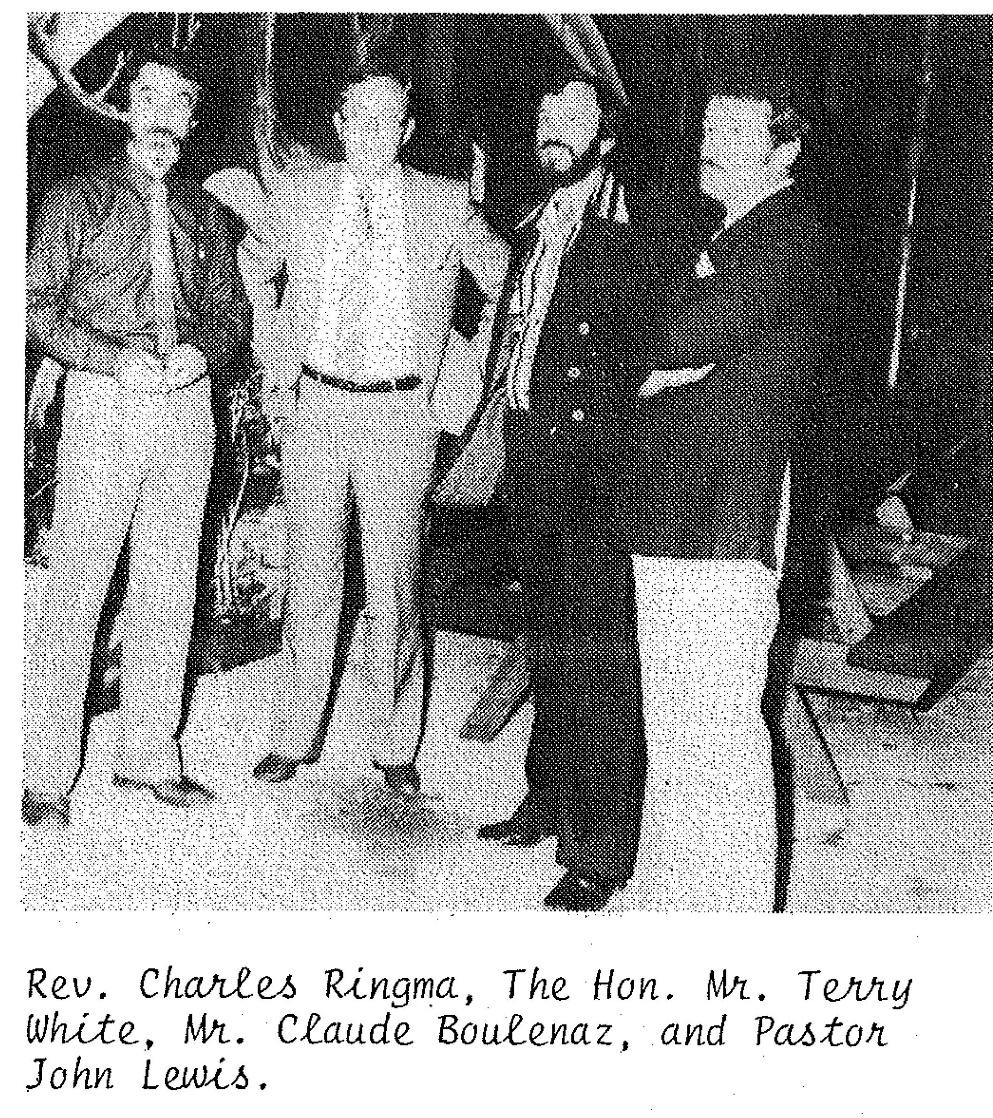
Figure 15. The Offical Opening of Teen Challenge Activity Centre, 1982. Source: Teen Challenge Inc. (Qld)
Prison Ministry
In the organisational background, out of the limelight, was the TC Prison ministry, based at the old Brisbane Goal (‘Boggo Road’), Annerley Road, Dutton Park (QLD 4102). The tireless workers in the ministry were Doug Boyle, Norm McIntyre, Margaret Robertson, Shirley Allan, and Claire Fielding.
Rallies and Concerts
There was an informal side to the Teen Challenge Inc. which involved rally and concert promotion in the office environment. Tickets were sold, sometimes as an event of promoting the Teen Challenge mission, such as the Nick Cruz Rally in 1975, or as a fundraising event as in the 1976 Andrae in Concert. In both of these cases the venue was the Festival Hall, Alice Street, Brisbane City (QLD 4001). These were events that had a megachurch feel in the era before the Brisbane megachurches. The Christian religion was becoming the art of the showman in the ‘mega’ ways – mega Christian rock bands, loud and in your face, and faith was a ticket to entertainment. It was not that there was not something existentially genuine in the experience for the youth of the day. The local Brisbane band, ‘His’, delivering the Pink Floyd version of Jesus the anarchist – we were not going to be another brick in the wall. The Teen Challenge youth of the last quarter of the twentieth century became the leaders of the local Church. What has escaped the attention of the institutional Church, in its talk of orthodoxy, is how heretical the history is.
Concluding Remarks
The working for the history during 2022 will need assistance from past in present voices. Much more is to be done on the welfare agency, Good News Centre working with alcoholics in South Brisbane, and the office volunteers, such as Joyce Krassenburg, who is only a name in the records.
New Governance and Administration invested in Workers.
With small organisations, it very common that governance and administration is in the hands of the ‘ordinary’ or ‘labouring’ worker. There are partial stories collected.
Even as Teen Challenge Inc. expanded, the habit of a worker-leader continued. The organisation was among those that did not abide the rigid distinction of modern capitalism between those who laboured and those who managed labour. In the postmodern world the distinction has become an absurdity. Nevertheless, for any organisation it is almost impossible to completely get rid of a hierarchical outlook, given enough tasks and the time to do it in.
In thinking how much more of the story has to be told, consider a snapshot picture sometime in 1975 at the Teen Challenge Inc. Head Office, Enoggera Road, Red Hill (QLD 4059), or the relocation to Head Office, (Woolworths Shopping Centre) 107 Latrobe Terrace, Paddington (QLD 4064).
There is the leadership of Geoff Dean, a worker from the Catholic Tradition, who unknowns to him, would create a scholarly career from the work in the decades ahead. In that office environment were regular visitors, Hans Booy, the TC Campus worker; Ian Thomson, TC Worker, Architect and Moore College graduate; and Glenda Reinhardt, Rehabilitation Worker. There is Harvey Pollock, the Business Deputation Worker, chatting away. Peter Jones and Roslyn Stark are barely listening as office workers. Forms and other records have to be completed.
Please help, much more is to be said.

